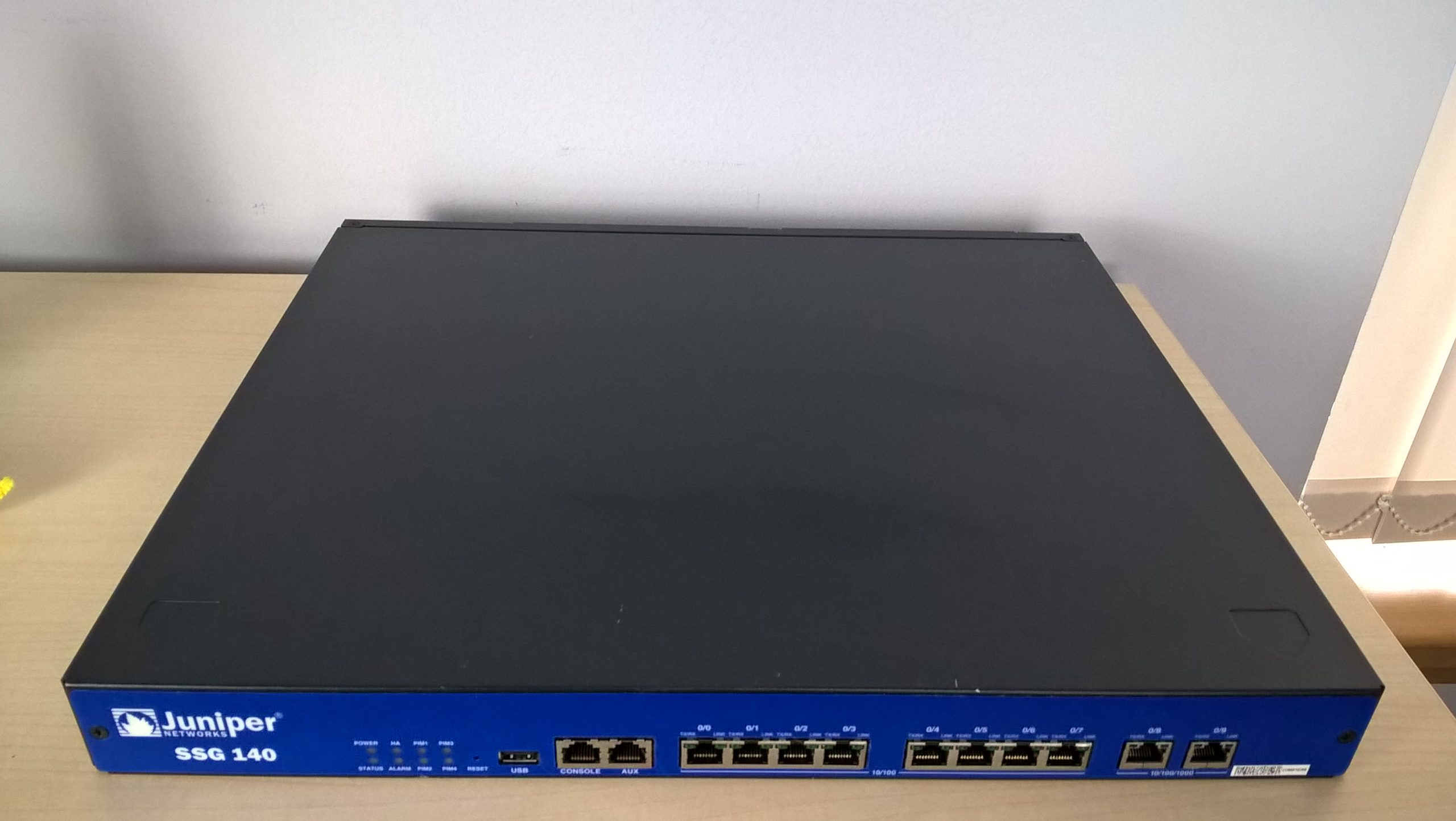Troubleshooting Unusual Noises from Your Laptop: A Comprehensive Guide
If you’ve recently noticed your laptop emitting strange sounds and are unsure about the cause, you’re not alone. Many users experience unusual noises coming from their devices, and it’s essential to identify the potential culprits. In this post, we’ll explore common reasons for these odd sounds and how to address them.
Understanding the Problem
Let’s consider a particular case. A user has reported that their Pavilion laptop, which has been in use since January 2017, has started making unsettling noises. Initially, these sounds were sporadic, resembling a mild buzzing that could be associated with overheating. However, over time, the noises have intensified and become more frequent, now occurring almost continuously.
Symptoms to Note
The individual described the sound as reminiscent of a buzzing bee, with occasional high-pitched squeaks. Additionally, they’ve observed that placing a hand on the laptop’s body reveals vibrations, hinting at an internal issue. When the device is powered off, the noises sometimes cease immediately but can continue after a brief period, which adds to the confusion.
Common Causes of Laptop Noises
-
Fan Issues: The fan is a common source of noise in laptops. Dust buildup can cause it to work harder, leading to strange sounds. If your laptop’s ventilation holes are clogged, this could impact performance and generate noise.
-
Hard Drive Woes: If your laptop has a traditional hard drive (HDD) as opposed to a solid-state drive (SSD), it may produce sounds due to mechanical components. Clicking or grinding noises can indicate potential drive failure.
-
Electrical Components: Sometimes, the fans and other hardware can create sounds due to electrical interference or failing components.
-
Software Factors: Processes running in the background can cause the laptop to work harder than necessary, leading to increased fan activity and noise generation.
Recommended Actions
Here are some steps to help resolve the issue:
-
Clean Your Laptop: Dust can accumulate inside, especially around the fan. Regularly clean the vents and consider using compressed air to clear out dust.
-
Check for Software Updates: Ensure that your operating system and drivers are up to date. Outdated software can lead to performance issues.
-
Monitor Resource Usage: Use your laptop’s task manager to identify applications consuming excessive resources, which might explain the increased fan activity.
-
Backup Important Data: If you suspect a hardware
Share this content:



